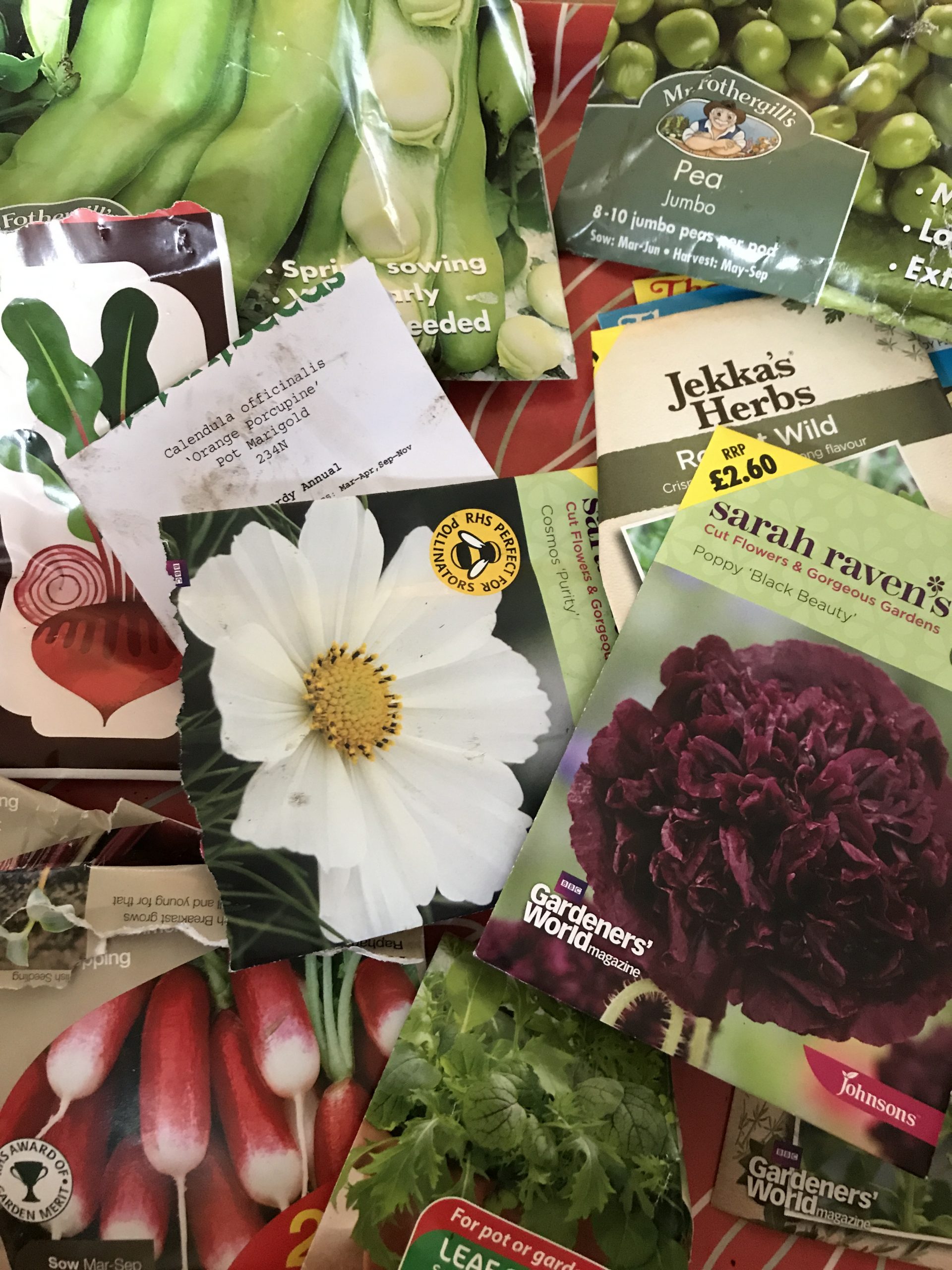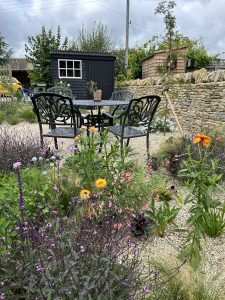Sowing Seeds

One of the great joys at this time of year is starting off plants from seed. Whether you are growing vegetables or ornamental plants for your garden, March can be the time of year to get sowing.
I really enjoy adding some different plants to my garden each year. It gives a variety to the feel of the garden as a whole, contributes to wider seasonal interest and highlights a wider range of colours and textures through the garden.
This year I will be trying some new plants to go in my recently created gravel garden. It has been an interesting way to start a new garden from scratch and, while I wait for other features to be finished and new trees I have put in to grow, the space is quite open, sunny and unsheltered. This means I will be trying some lower growing plants and ones suited to more arid conditions. I am waiting for seeds for different Dianthus, such as Dianthus knappii, a small yellow-flowered variety of the plant many of us simply know as a “Pink”.
As a simple guide for seed sowing:
1) Always take a good look at instructions on the packet or an accompanying website. Make sure you are sowing the seed in the right season. While many annuals, veg and perennials will happily get started in Spring, some will want to wait til Autumn and have a cold winter period before the plants get going.
2) Use the right compost. A seed compost should be low nutrient and free draining. If you are using a normal multipurpose compost you might want to sieve out larger lumps and then mix in some sand or vermiculite to get this right.
3) Water your pot or seed tray of compost well, before you sow the seeds. This means you won’t wash the seeds away or disturb the compost when watering.
4) Again, look for instructions but be aware that not all seeds want covering. Very small seeds often germinate on the surface of soil and need the light on them to start germinating.
5) Keep an eye on your seedlings for watering, pests and diseases. Don’t prick out your new plants (ie move them to individual larger pots) until they have a full set of their “true” leaves. This will mean that they have also developed enough of a root system to hopefully survive the move and give you the results you want later in the year.
